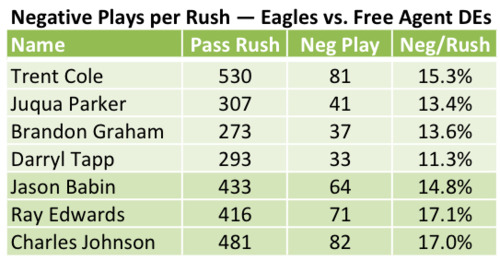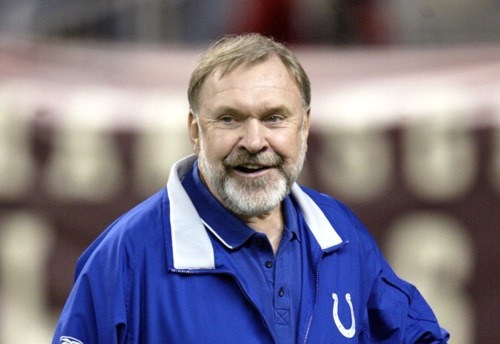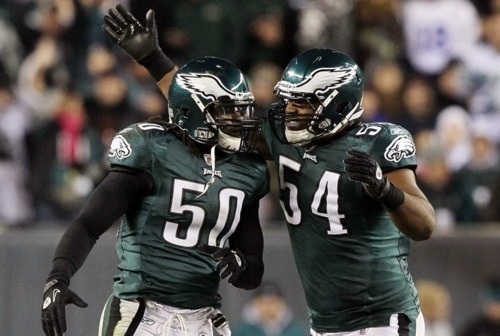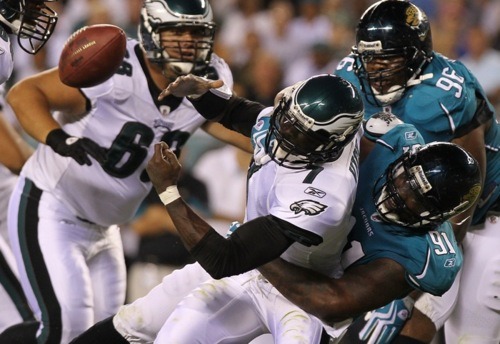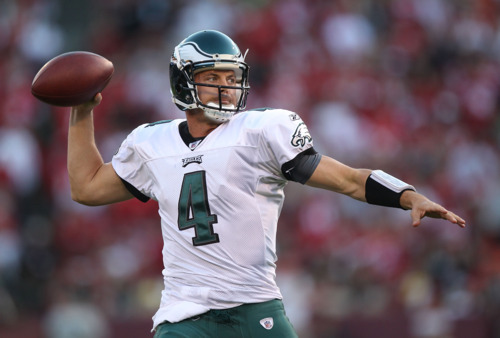
You may have caught some of the recent hubbub about the likely Kevin Kolb to Arizona trade, about whether or not the Eagles could get anything more than Dominque Rodgers-Cromartie straight up for Kolb.
I think the answer is clear that yes, the Eagles should expect more for Kolb in any trade. My evidence comes from a post I wrote back in April: Assessing Kevin Kolb’s NFL Draft Trade Value.
In that piece I looked at trades from the past three years that involved draft picks and players. It allowed us to see what each player was worth in equivalent pick value. As I noted then, Kolb should likely fall in the late first round territory. That’s what the Eagles should demand for him given the market.
However, it is slightly more complicated because any picks the Eagles would receive would be one year out. Typically, those picks are devalued by one round for each year in the future. That’s why many teams trade next year’s first round pick for another team’s second rounder this year. Getting a player like Rodgers-Cromartie is slightly easier, because he is worth present value. But the cornerback is not worth a first round pick on his own - unless you think the Eagles would overpay even more for him then the Oakland Raiders did for DeAngelo Hall in 2008.
Let’s generously estimate Rodgers-Cromartie’s value at a second round pick. The median second round pick is worth 420 points this year. That leaves another 200 or so points that the Eagles would need to receive as fair value for Kolb. Assuming that added value came in the form of 2012 picks, the Eagles could ask for the equivalent of another second rounder from the Cardinals (discounting for one year in the future).
By this logic, the minimum the Eagles should accept from the Cardinals would be Rodgers-Cromartie and their 2012 second round pick. However, I could easily see the Eagles getting more. If they only value Rodgers-Cromartie as a third round pick, for example, the Cards would likely have to give up their first rounder instead.
With a dearth of young, quality quarterbacks available, Kolb is worth a hefty premium. The Cardinals, or any other team that comes calling, should expect to pay handsomely to get him.

